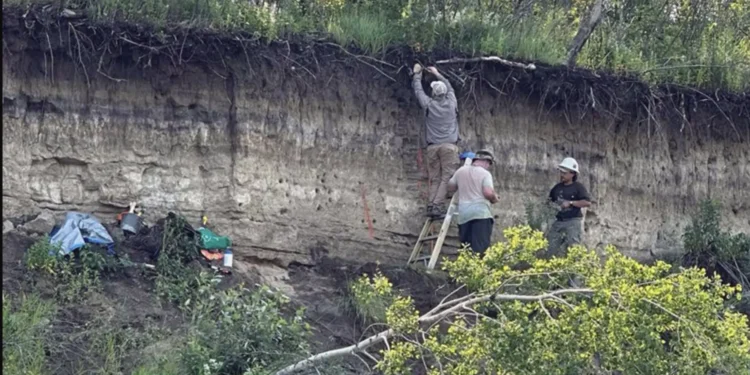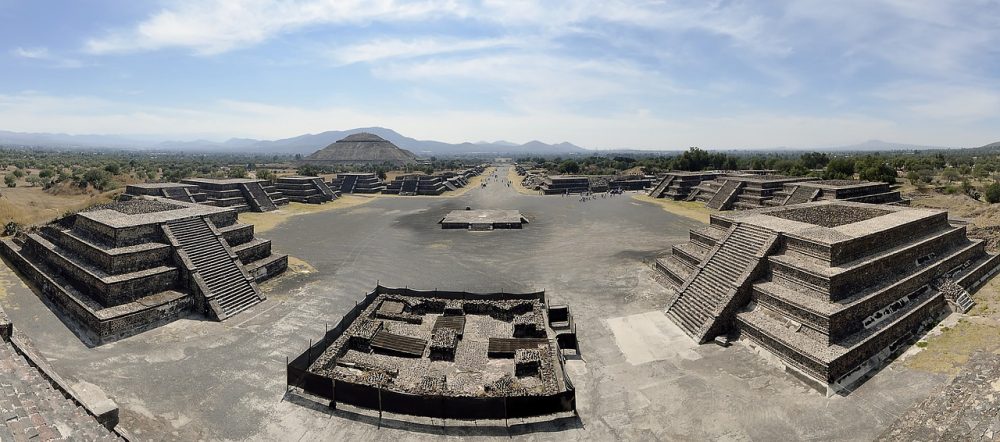A newly discovered 11,000-year-old village in Saskatchewan, Canada is rewriting history by proving that early Indigenous civilizations were far more advanced and settled than we ever believed.
Archaeologists have unearthed the remains of an ancient Indigenous settlement at Âsowanânihk, a name that means “a place to cross” in the Cree language. Unlike the traditional belief that early Indigenous groups were strictly nomadic, this site provides undeniable evidence of a long-term, structured community that existed just after the Ice Age ended.
This is one of the oldest archaeological sites in North America, and its discovery suggests that organized Indigenous societies thrived in the region thousands of years before historians thought possible.
This Ancient Village Shouldn’t Exist—But the Evidence Says Otherwise
The discovery was first made by Dave Rondeau, an amateur archaeologist who noticed the remains emerging from an eroding riverbank in 2023. Now, a professional excavation has confirmed that the site contains:
- Large firepits—evidence of continuous or repeated long-term occupation.
- Stone tools and bison bones—proving a strategic and organized way of life.
- Radiocarbon dating confirms the settlement was inhabited at least 10,700 years ago.
“The scale of this site is something we never expected,” said archaeologist Glenn Stuart from the University of Saskatchewan. “People were here as soon as the Ice Age retreated, and they didn’t just pass through—they lived here for thousands of years.”
History Books Got It Wrong—Indigenous People Were Building Civilizations Long Before Anyone Realized
For Indigenous communities, Âsowanânihk isn’t just an archaeological site. It is proof of what they’ve always known: that their ancestors built thriving societies long before history books acknowledged them.
“Our ancestors weren’t just surviving,” said SLFN Chief Christine Longjohn. “They were building, trading, thriving. This site proves our history runs deeper than most people realize.”
But what I find perhaps most interesting is that it challenges everything historians thought they knew about early Indigenous life. Instead of constantly moving, the evidence suggests that ancient communities had established settlements, built infrastructure, and maintained long-term societies.
This Village Survived 11,000 Years—But It Might Not Survive Logging
Despite its historical importance, the site is now at risk of being lost forever.
The village was first exposed due to erosion, but it now faces destruction from nearby logging operations. A race against time has begun as archaeologists, Indigenous Knowledge Keepers, and the SLFN Âsowanânihk Council work together to protect and study the site before it disappears.
“This is one of the most important Indigenous sites we’ve ever found,” said Stuart. “Losing it would mean losing a critical piece of history.”
If Âsowanânihk is protected, it could spark a major shift in how archaeologists understand Indigenous history in North America. Could other settlements like this be hidden across the continent, waiting to rewrite everything we thought we knew? What if everything we thought we knew about history is indeed a puzzle that is incomplete?








![A piece of decorated ivory retrieved from the ruins. [PHOTO/XINHUA]](https://curiosmos.com/wp-content/uploads/2024/12/A-piece-of-decorated-ivory-retrieved-from-the-ruins.-PHOTO-XINHUA-350x250.jpeg)


